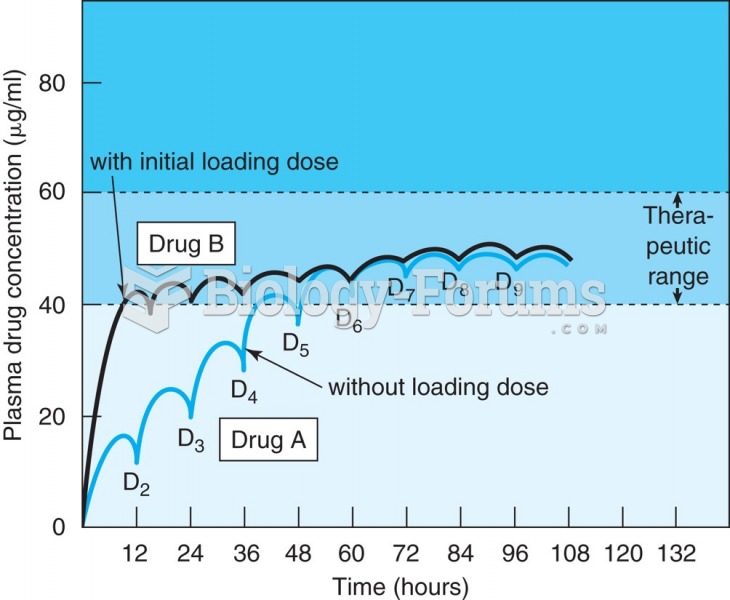|
|
|
By definition, when a medication is administered intravenously, its bioavailability is 100%.
The first documented use of surgical anesthesia in the United States was in Connecticut in 1844.
Asthma-like symptoms were first recorded about 3,500 years ago in Egypt. The first manuscript specifically written about asthma was in the year 1190, describing a condition characterized by sudden breathlessness. The treatments listed in this manuscript include chicken soup, herbs, and sexual abstinence.
Limit intake of red meat and dairy products made with whole milk. Choose skim milk, low-fat or fat-free dairy products. Limit fried food. Use healthy oils when cooking.
Urine turns bright yellow if larger than normal amounts of certain substances are consumed; one of these substances is asparagus.







